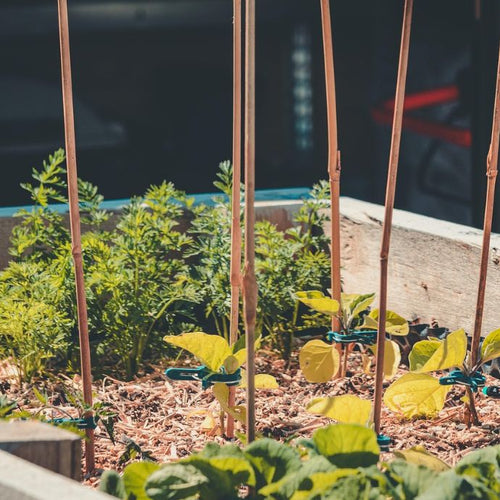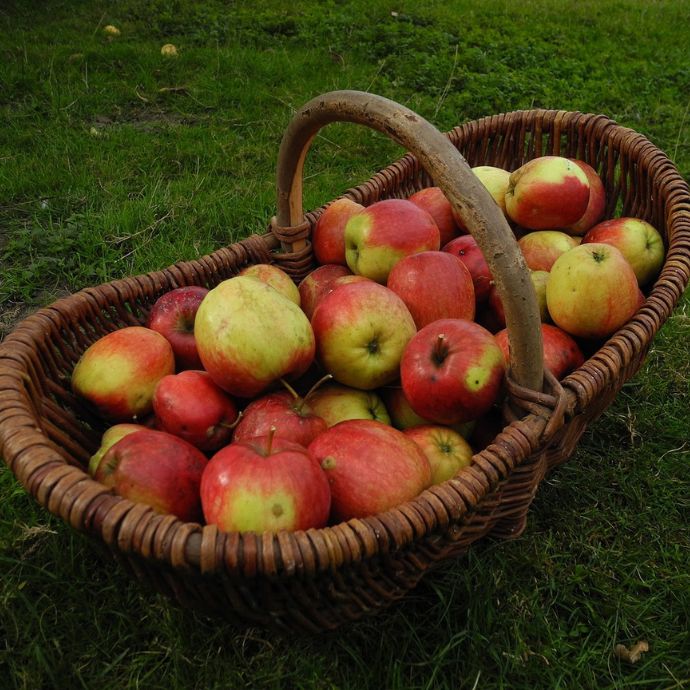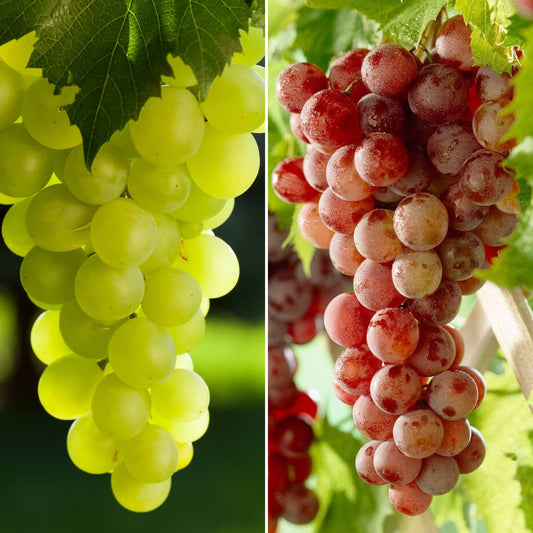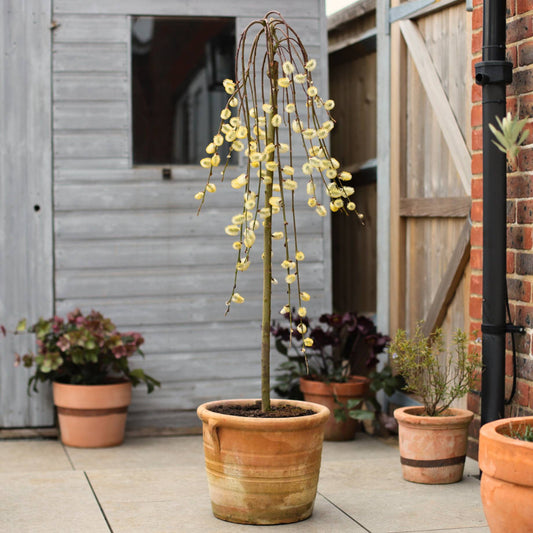How to Plan Your Perfect Garden

Can’t wait until spring when you can start planting all the vegetables, fruit and flowers?
We’re now just two months away, so it’s the perfect time to start plotting, planning and landscaping that lovely blank canvas. A little careful preparation now will help you make sure you get the most from your space and grow the most successful plants all year round.
Here’s how to make this year’s garden the best ever!
Jump to:
- What grows where?
- Landscaping
- Plan for year-round colour
- Trees for year-round interest
- Shrubs for year-round interest
- What do your plants need?
- Winter gardening jobs
What grows where?
When the leaves have fallen and the perennials have died back, you’ve got a clearer view of your garden as a whole. It’s the ideal opportunity to take a good look and make a note of where the light falls at different times of day. You should plant fruit and vegetables in the places that get full sun (usually south or east facing areas) and perennial plants like foxgloves and delphiniums in areas of dappled or light shade. Even the fully shady spots (typically where the shadows of buildings and any large trees fall) can be used to grow shade-tolerant plants like ferns, hostas and heuchera. The way I do my planning is by taking a photo of the whole garden from an upstairs window then putting a sheet of tracing paper over it and marking where I want everything to go.

Landscaping
As long as the ground isn’t frozen, this is a great time of year to carry out small landscaping projects like repairing raised beds, revamping patios, decking and paths or even building a pond or mini pond as there’s little chance of disturbing growing plants, nesting birds and emerging animals in the winter.
Plan for year-round colour
The holy grail of gardening is to have year-round interest - by that, I mean plants that flower and fruit in different seasons so you don’t have a blaze of glory in summer then nothing for the rest of the year. The key to this is establishing a structure of trees and shrubs that will form a solid backdrop for your bulbs, perennials, fruit and veg whatever the season.

Trees for year-round interest
Choose a mixture of deciduous trees for spring flowers and autumn colour and evergreens that will stand out in the winter landscape so that your garden always has structure and colour. If space is limited, go for a hardworking tree like Rowan or Crabapple which each have spring blossom, summer fruits and bright autumn colour, paired with an interesting evergreen like Eucalyptus gunnii or winter blooming Golden Mimosa to take you through the colder months. Plant these before March while you can still get them as bare root plants.
Shrubs for year-round interest
Winter is also the time to plant bare root shrubs, making sure to choose spring and summer flowering varieties, evergreens and shade-tolerant shrubs to suit each area of your garden.
Once you’ve got your trees and shrubs in place, you can start making a list of perennials that flower or colour up in each month of the year and plant them evenly amongst your beds or pots - that’s a job for spring!
What do your plants need?
Your garden has to work for you - so if you have a lot of time to devote to it, the sky's the limit. Upcycle pallets into raised beds! Build a cold frame! Rip up the decking and start a wildflower meadow! However….if you don’t have a lot of space to play with or just want to brighten up your patio rather than going full-on Good Life, choose a garden scheme that’s a bit more low maintenance. Mix slow growing and drought tolerant shrubs and trees with self-seeding perennials like Aquilegia, Foxglove, Eryngium and Astrantia that need very little care beyond the first year and will last forever. Plant your veg in pots (but remember that they’ll need regular watering and a bit more feed than plants in the ground).
Finding out what type of soil you have can also prevent time consuming, expensive mistakes - for example, if your chosen plant needs acidic soil (like azaleas, rhododendrons or blueberries) and your soil isn’t acidic, you’ll need to either fill the planting hole with ericaceous compost or plant it in a pot for it to succeed.

Inspired to get started?
Here’s three jobs that are best done in winter.
1. Plant trees and shrubs
If you’ve always wanted to grow your own fruit trees or flowering shrubs, now’s the time to put the plan into action. It’s bare root season, which means that dormant trees and shrubs can be planted now and will have plenty of time over the next few months to establish a good strong root system before they blossom. It doesn’t hurt that bare roots are cheaper too. And if that’s got you fired up, why not plan a new flower bed or rejuvenate your old ones with a co-ordinating colour or planting scheme?
2. Replace your fences with living walls
Fence blown down in the storms? Let it go. Wildlife-friendly hedges are going to be big in 2023 as we all do our bit for the environment. Replacing your old fences with hedging will provide vital food and shelter for birds, insects and small mammals while making your garden look bigger and more natural. And if your neighbours are annoying, check out our growers’ best fast growing hedges.
3. Re-use your compost
Do you still have a bunch of plants in pots of old compost? that you thought could be saved but that turned out to be wildly optimistic. Recycling the compost makes financial sense, but isn’t great for your new plants as all the nutrients have been used up. You can put back the goodness by adding some nitrogen and potassium fertiliser, mixing it in with new compost or layering it in a container with kitchen waste and letting it rot down over winter. Allotment gardener Motin Ali uses an old bath!
It might be a stretch to say that winter is an exciting time in the gardening calendar, but planning your year’s growing will certainly help to keep things interesting until it’s time to order those tomato plants in the spring!
Last updated: 13/11/2023




















